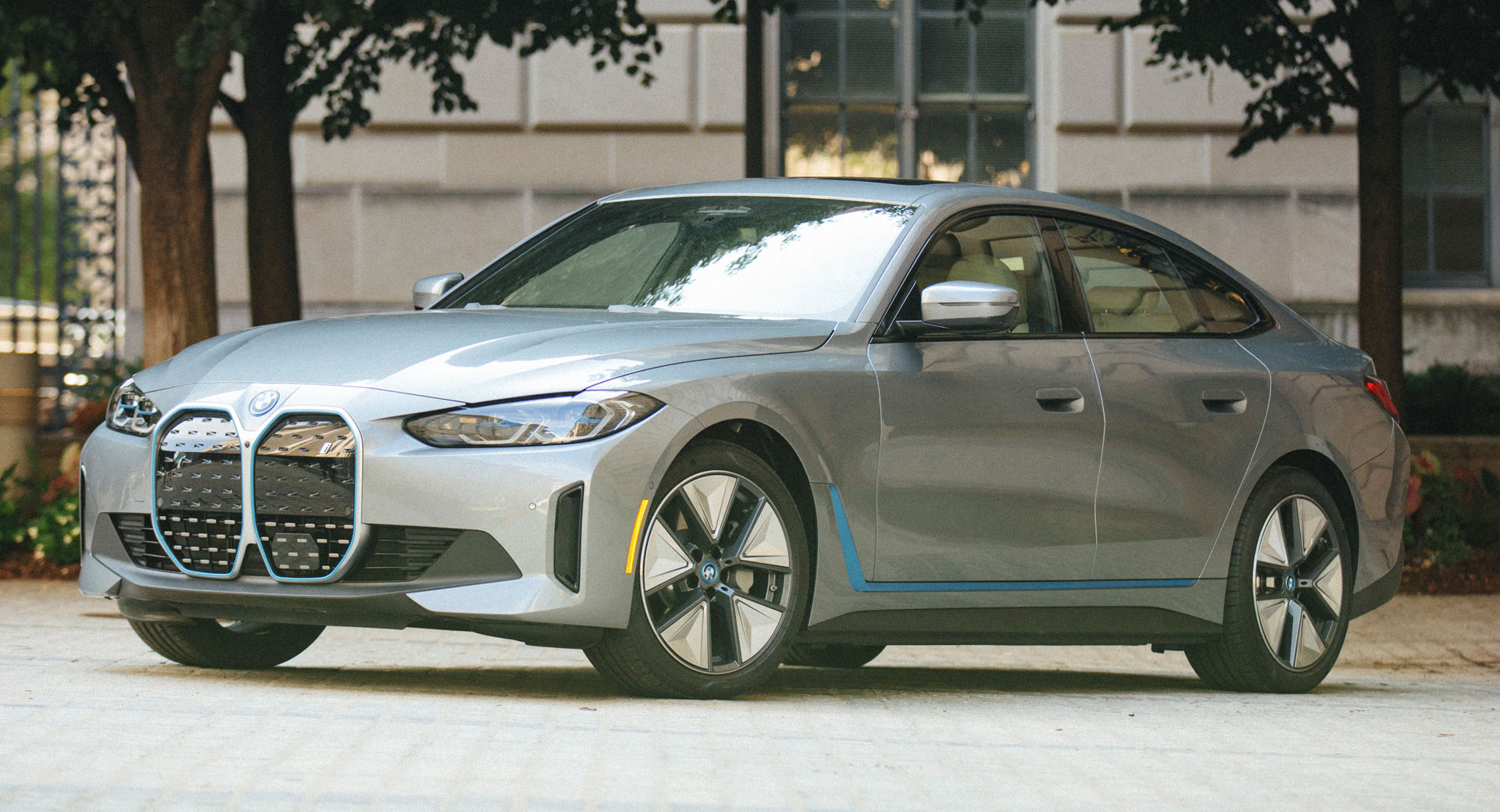BMW’s next generation of electric vehicles will come with a new design of battery pack that costs the carmaker 30 percent less, sources close to the firm say.
The high price of batteries is the reason EVs cost more than more complicated traditional gasoline cars, and price rises for components like lithium and nickel that go into the cells that make up 80 percent of a battery pack is making it tough for automakers to bring down the retail price of EVs. BMW hopes that a new design of pack can give it a value advantage and help offset the rising prices of those raw materials.
Bloomberg reports that cars using BMW’s upcoming Neue Klasse platform coming online from 2025 will switch to round battery cells to match Tesla, which already employs a cylindrical cell design. Sources say the new batteries will be manufactured by BMW’s existing suppliers, but the design will help it meet its 30 percent cost reduction target. BMW’s current battery suppliers include CATL and EVE Energy in China, Samsung SDI in South Korea, and Northvolt in Sweden.
Related: This BMW Batmobile Has 450 Electric Horsepower Thanks To A Tesla Powertrain
Bloomberg’s contacts also claim that BMW’s new battery cells will offer a higher energy density than Tesla’s cells by “at least a double-digit percentage”, which could help endow the German firm’s EVs with a superior driving range to cars like the Tesla Model 3 and Model Y.
BMW’s Neue Klasse architecture, which takes its name from the 1962 saloon that spearheaded the brand’s transformation from a loss-making firm producing quirky rear-engined cars into the successful premium automaker it is today, launches in 2025 and will come in both high and low versions for use on both SUVs and conventional sedans.
Though designed as an EV platform, BMW hasn’t ruled out the possibility of adding other power sources to NK cars during the architecture’s 15-20 year lifespan, and many markets will be offered 3-Series-sized Neue Klasse cars alongside a conventional non-EV 3-Series, at least for the first few years. Solid-state battery tech will also make an appearance, but won’t be ready for several years after the platform’s mid-decade debut.




